Hanoi exhibition welcomes Year of the Tiger with ancient artifacts
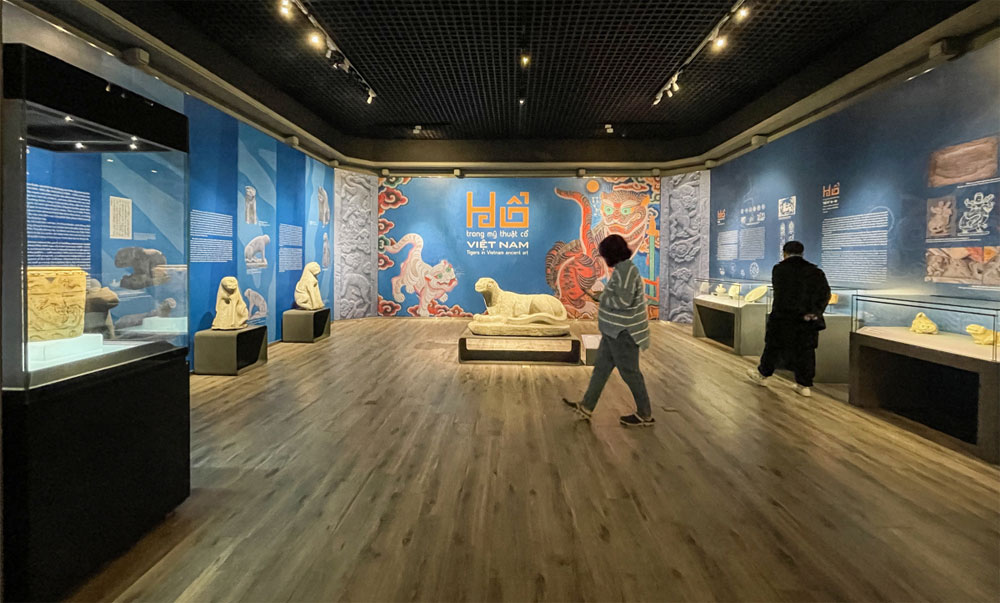 |
|
The exhibition displays the tiger in stoneware, bronze and pottery as well as on paper, cloth and other materials. The artifacts go as far as back as the Dong Son culture (1,000 BC to the first century AD) to the period of Vietnam's last royal rulers, the Nguyen Dynasty (1802-1945). Admission to the exhibition, open until August 31, is free. |
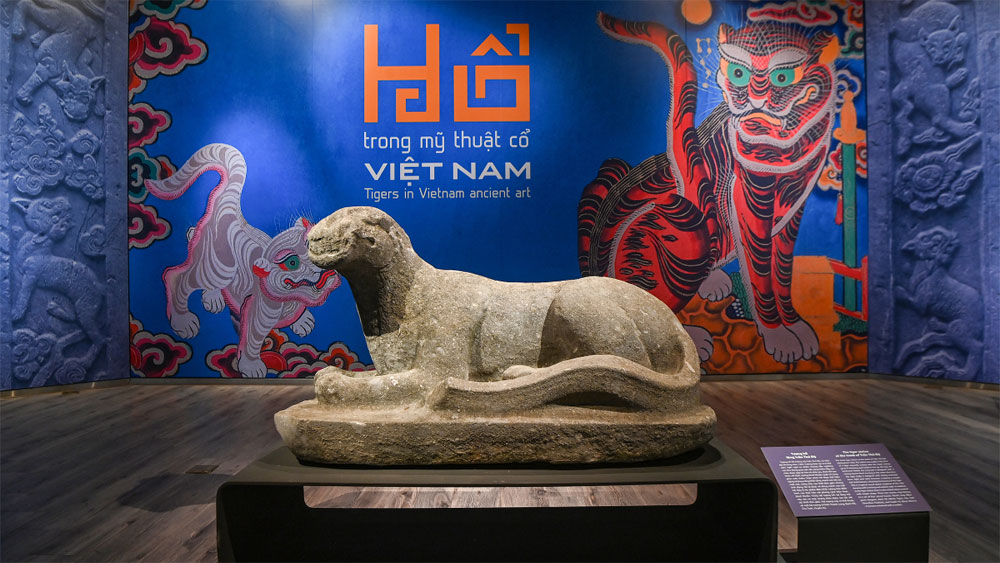 |
|
This century-old stone tiger statue found at the tomb of former historic general Tran Thu Do was made around 1264. The exhibition's introduction reads: "Tiger statue in a resting position but with its head raised to observe. The folded legs and the long tail add a more masculine feeling to the artwork. The body is shown by a strong stretch block and solid layout, depicting the look of bravery imagery of the tiger." |
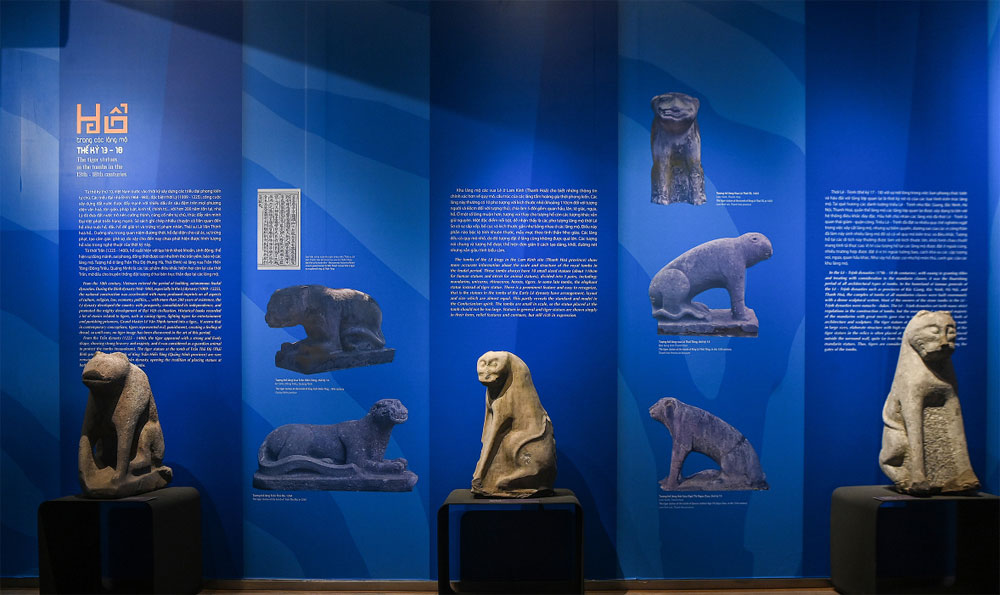 |
|
Tiger statues excavated from mausoleums of the Le - Trinh dynasties (17th-18th centuries). Usually, the statue was placed at the front door as the spirit animal protecting the mausoleum. |
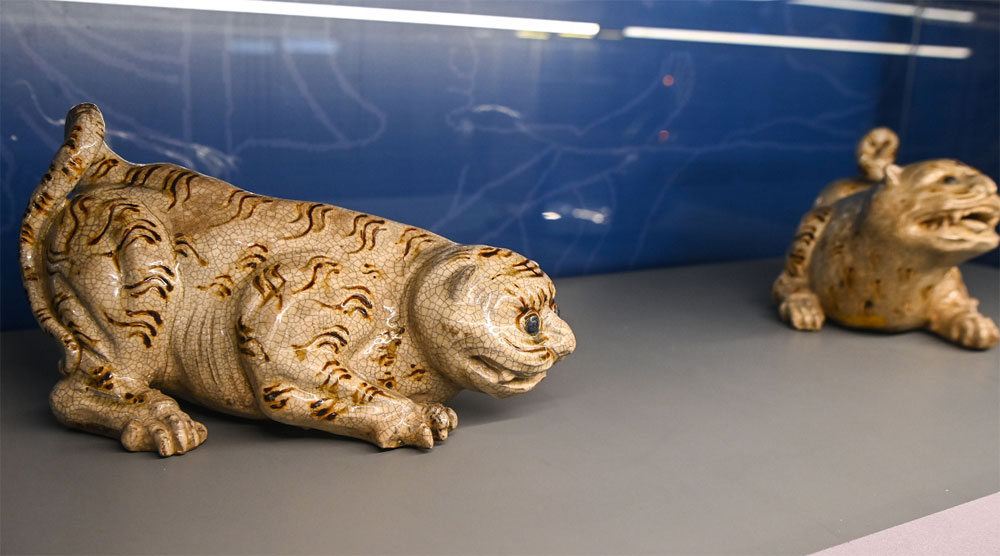 |
|
Bat Trang ceramic tiger statues from the 1740-1786 period. |
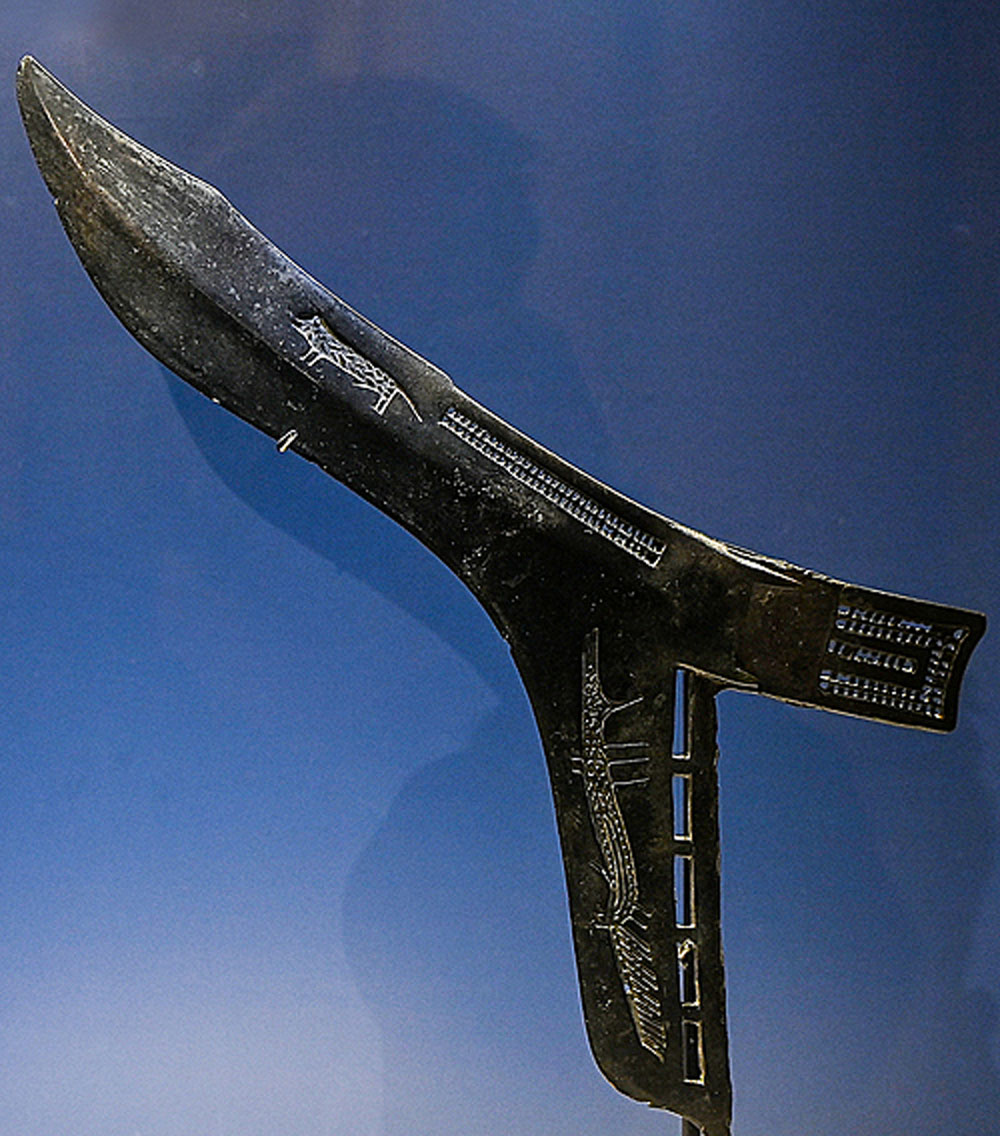 |
|
Images of the tiger on both sides of an ancient bronze weapon dating back 2000-2500 years. The weapon has a horizontal blade with a pointed tip. The tiger images on the blade have dots on the body, emphasizing they are male while the handle features two crocodiles. |
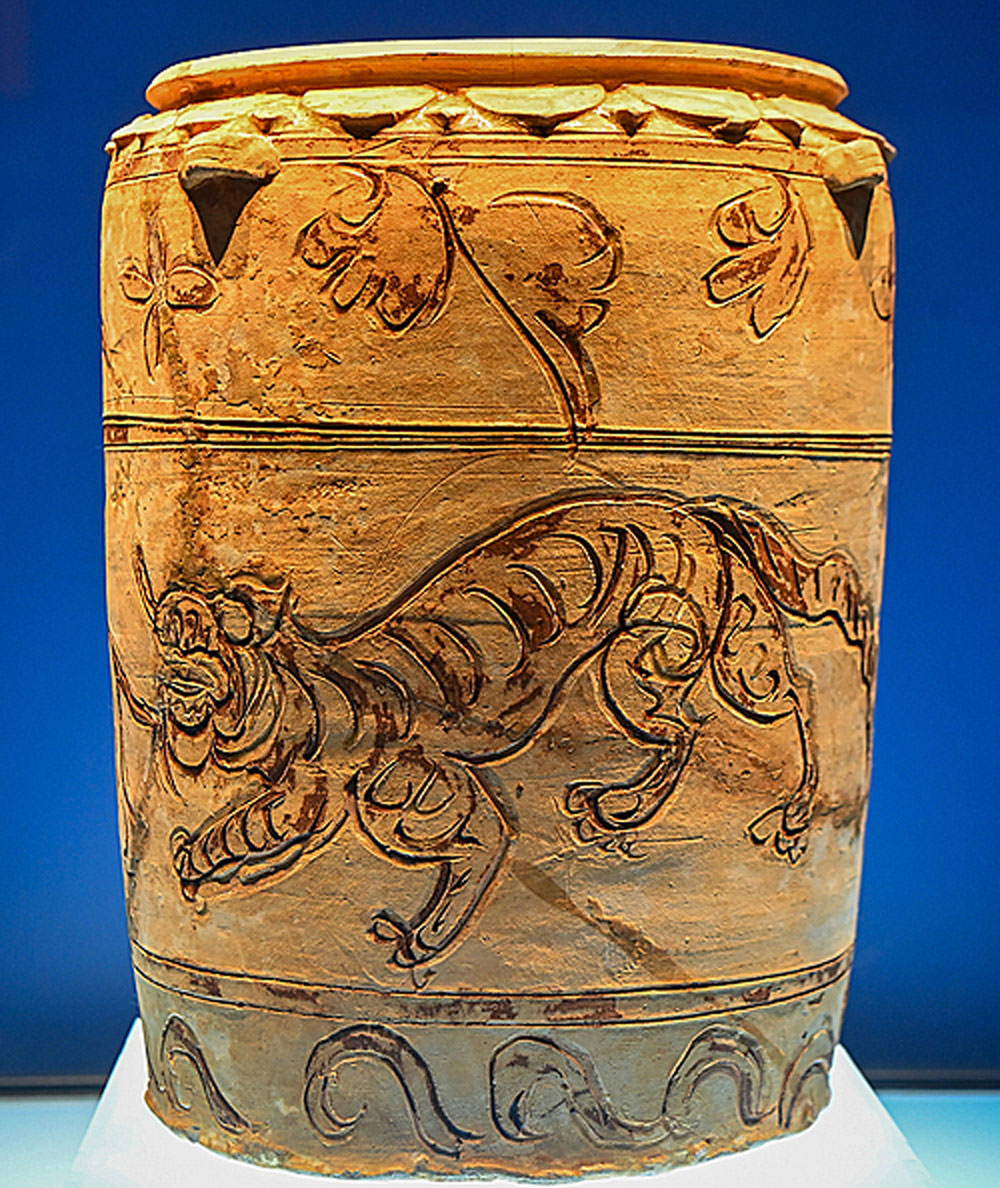 |
|
A tiger chasing a horse on a 13th-14th century flower pot. |
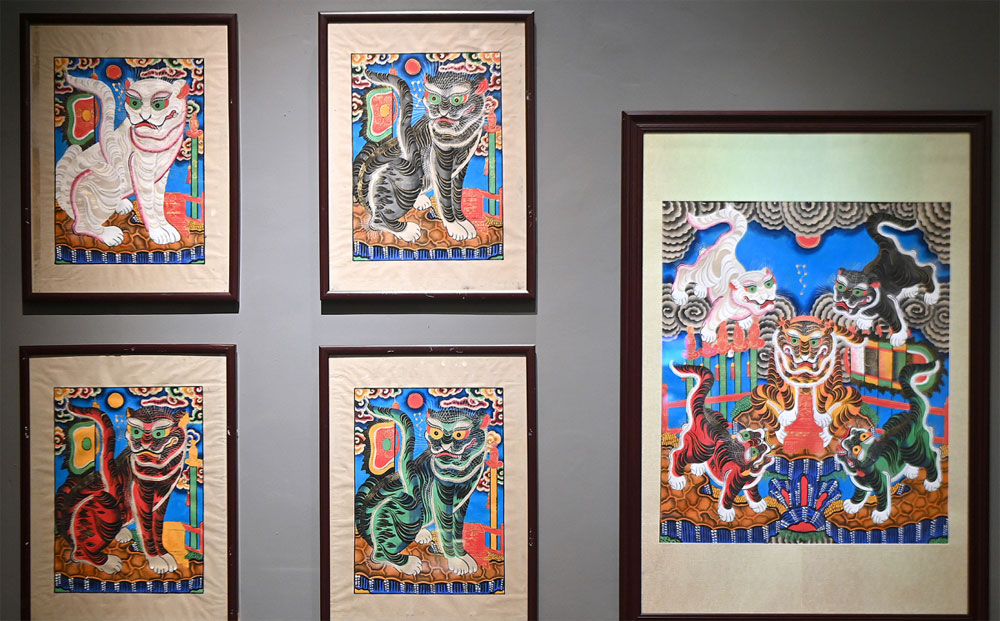 |
|
Artist Le Dinh Nghiem's paintings of tigers in the Hang Trong folk art genre. |
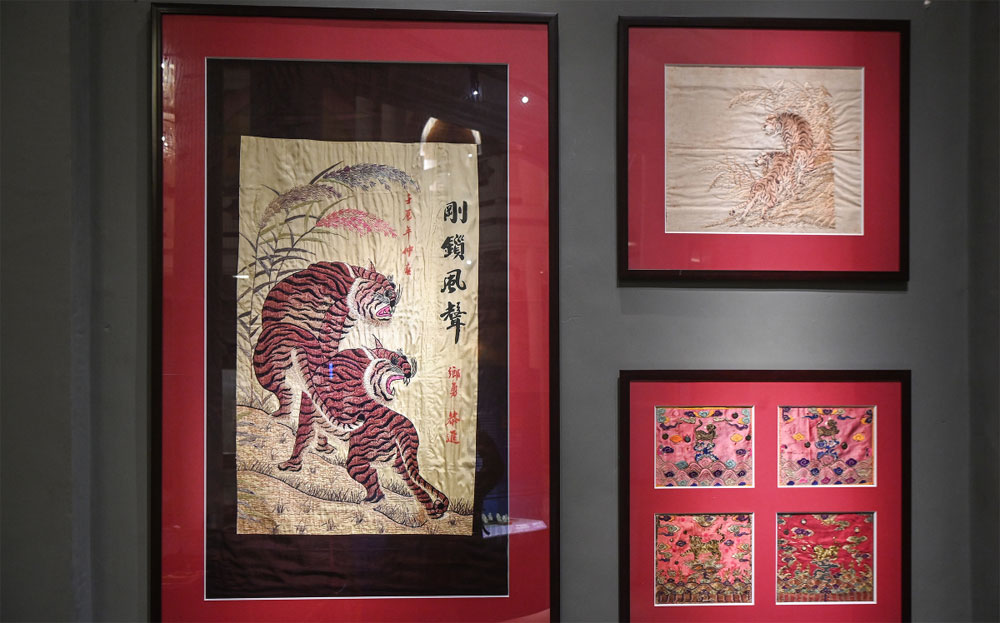 |
|
Tiger embroidered fabric made during the early 20th century. According to the organizers, the tiger images change according to what they symbolize, including spirituality, religion, a symbol of kingship or folklore. The exhibition provides clear evidence that the tiger has a unique place in the history of Vietnamese art. |
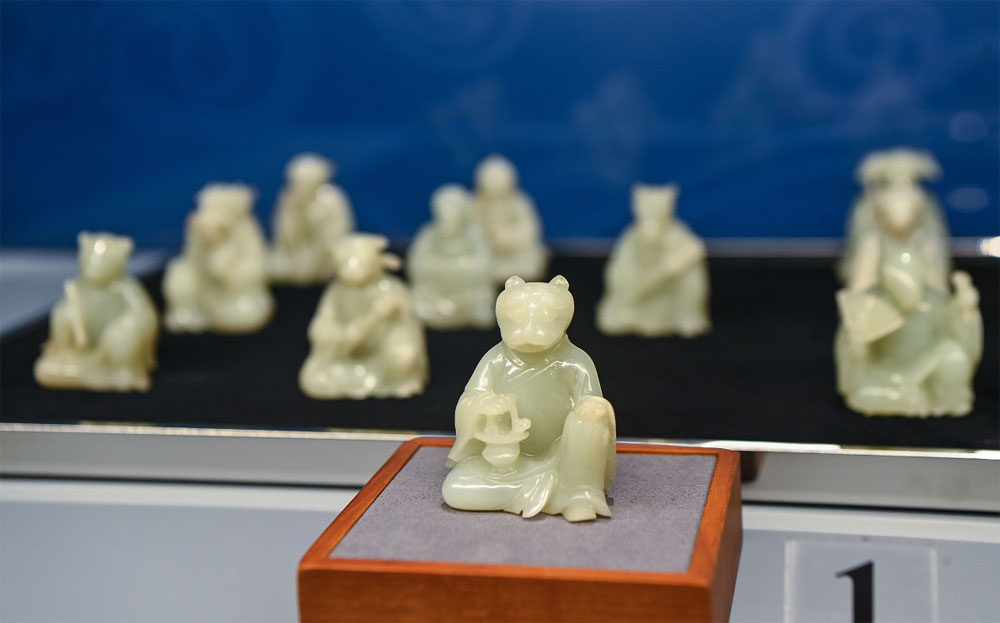 |
|
The set of jade statues of 12 zodiac animals in the Nguyen Dynasty royal palace made in the 18th-19th centuries. The collection currently lacks the jade statue of the dog. |
Source: VnExpress
 Bắc giang
Bắc giang





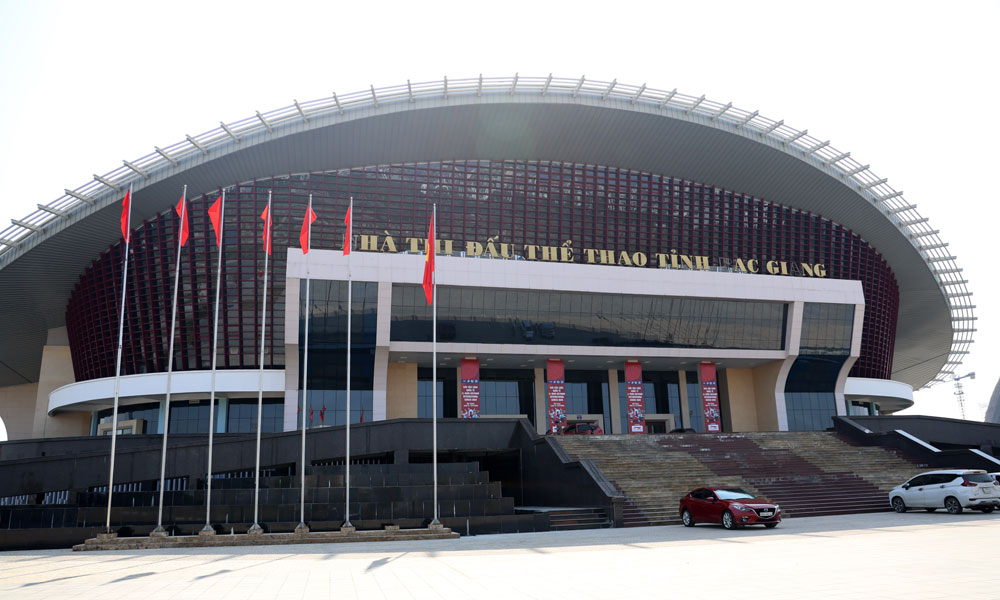
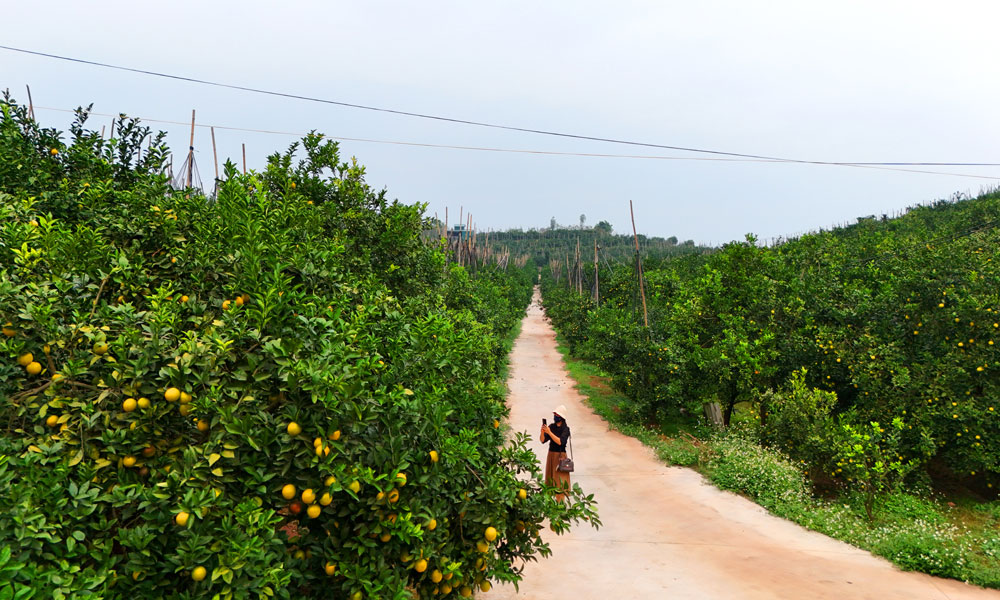
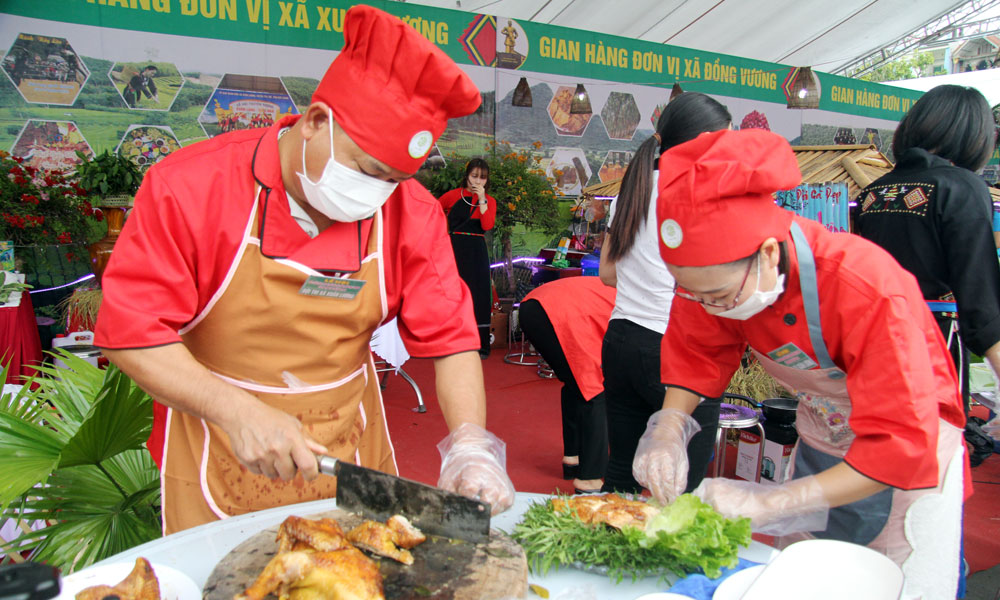







Reader's comments (0)